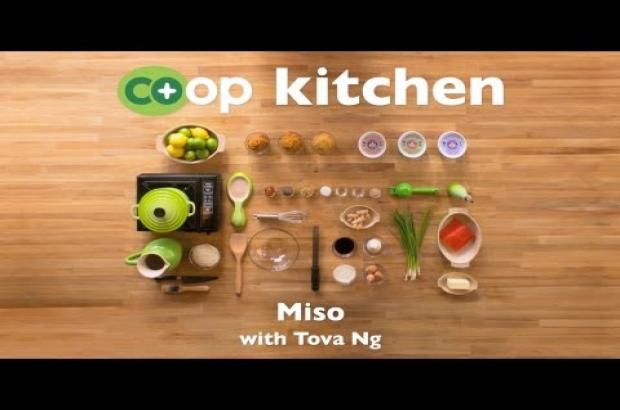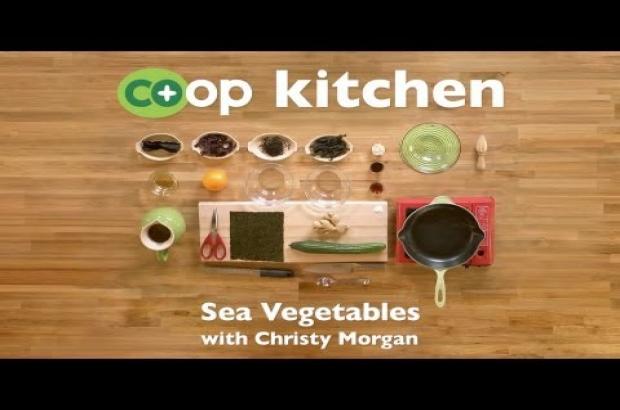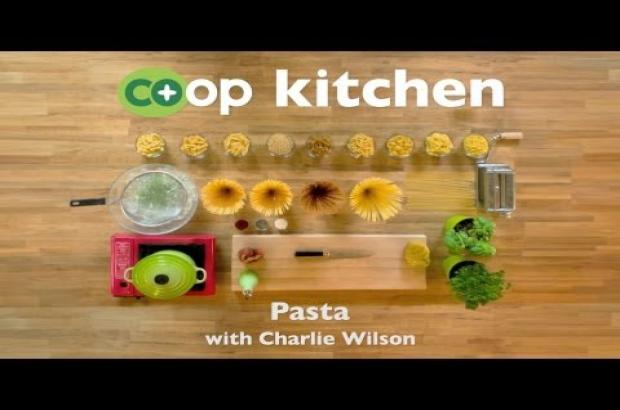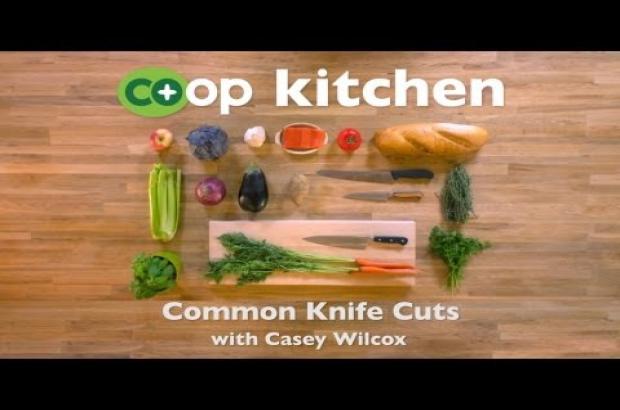Rice
Rice is a staple food in many different cultures, and the number of rice varieties available might just surprise you. Hilah Johnson takes us on a world tour of rice, including red, black, and wild, and offers tips on how to cook and use rice.
Find more Co+op Kitchen videos featuring information and easy recipes for making delicious meals at home, as well as handy hints from chefs and food enthusiasts who love sharing their passion for great food.
Video Transcript
Hey guys. I'm Hilah from the online web show Hilah Cooking. Today we're going talk about all the myriad varieties of rice.
Types of rice
Long-grain white rice
This is probably the one you're most familiar with. This is a long-grain white rice. Basmati and jasmine are well known examples of long-grain rices. It's very fluffy looking. And these are the rices that you'd want to use if you were just going to make some rice to go with a curry or do a pilaf or something like that.
Short-grain brown rice
This is a short-grain brown rice. Brown rice has a little bit more minerals, a little bit more fiber than white rice. It's got a great nutty flavor.
Parboiled rice
Here we've got an example of parboiled rice. Parboiled rice is rice that has been boiled in its husk, so it can be more nutritious. It has a longer shelf life. It cooks up fairly quickly.
Short-grain white rice
This here is an example of a short-grain white rice. This is sushi rice. You can see these grains are almost round. Short-grain rice is good for anything where you want sort of a creamy, starchy consistency. The grains stick together as opposed to the long-grain, where they remain more separated.
Wild rice blend
This is a wild rice blend. This particular one has wild rice, brown rice and red rice in it. Wild rice is actually botanically classified as a grass seed, not a grain. So it's not actually rice, but it cooks up like rice, and it can be used anywhere that rice can be used.
Red rice
Here we have some red rice. And red rice is like the brown rice in that it still has the germ and the bran attached. And it's just a fun change to liven up your plate a little bit with some more color.
Black rice
Finally, we have some black rice. This is used a lot in Thai cooking for desserts and puddings and things like that, because it does have a natural, nutty sweetness on its own. What's unusual about it is its color. This purplish/black color actually runs all the way throughout the entire kernel of the rice.
How to cook rice
If you want to make your rice a little bit more fluffy, you can rinse it first. I'll show you how to do that. It's super easy. Just got a little sieve here. So you can do that. Pour a little water over it. And then you can kind of swish it around in the water like that. As you can see, the water got real cloudy. That's from the excess starch that's on the outside of the grains. Removing that is what's going to make your rice cook up a little bit fluffier. And then we're just going into our pot.
Now, most rices, generally the ratio is 1 part rice to 2 parts of water. Long-grain and white rices need like 1 3/4 cups of water to 1 cup of rice. And then your brown rices and short-grain rices, you might want to bump that up a little bit more.
I'm going to go ahead and do about 2 1/4 cups of water with this 1 cup of rice. I'm just going to put it on high heat. Bring this up to a boil. Our water and rice mixture has come to a boil. And I can see that because there's a little bit of steam coming out.
So now I just want to give it a stir to make sure there's no big clumps. I'm going to put the lid back on it and turn it down to a simmer. And you'll just want to make sure that you leave the lid on it because the rice is kind of steaming and boiling at the same time in there, so you want to make sure all that moisture stays inside. Our brown rice is going to take about 40 minutes before it's fully cooked.
And this is what your rice should like. It's tender throughout; you don't have any crunchy centers, and the grains are still intact, meaning they haven't like exploded and just turned into mush.
I'm Hilah for Co+op, stronger together.













